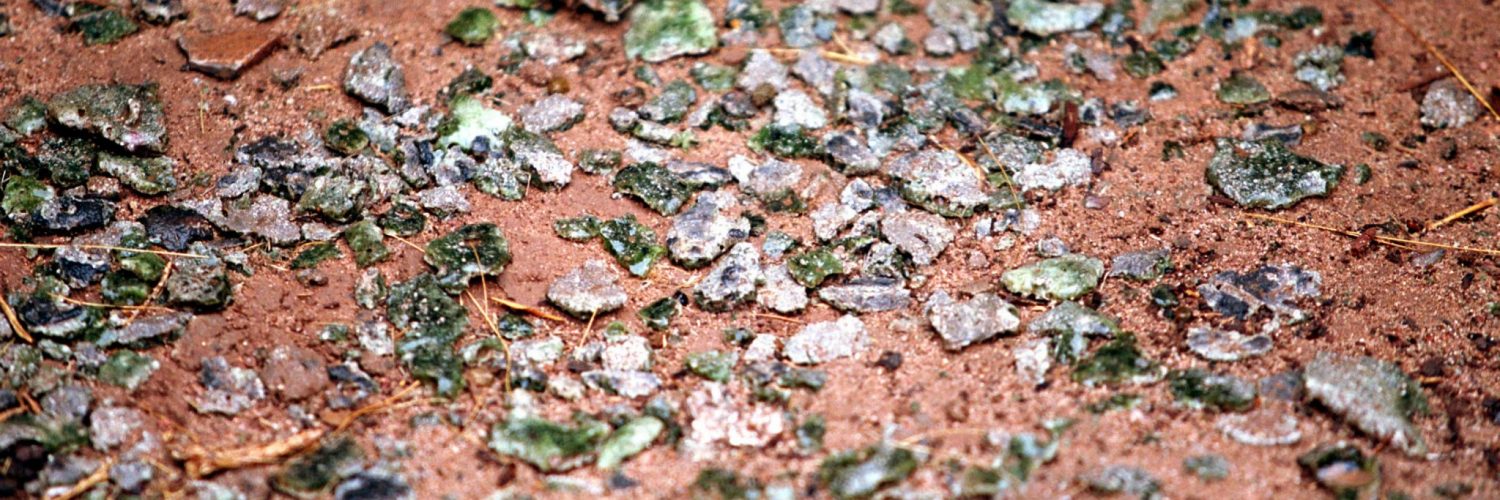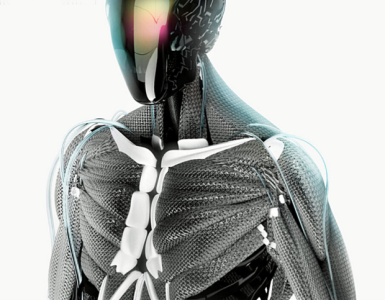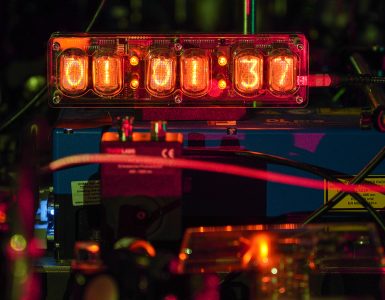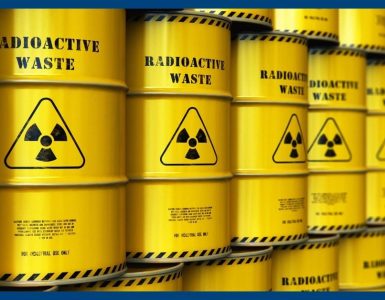by Rhodilee Jean Dolor
Researchers from Italy have reported the discovery of an “impossible material” in the remnants of the world’s first nuclear bomb test that happened 76 years ago.
The so-called quasicrystal was created when the United States Army detonated a nuclear device in Alamogordo, New Mexico on July 16, 1945. The historical event, dubbed the Trinity test, was conducted as part of the Manhattan Project, an American-led initiative to develop an atomic weapon during World War II.
What are Quasicrystals?
Typical crystals are composed of atoms arranged in a lattice structure that repeats in a regular pattern. Quasicrystals have a structure that does not repeat. These materials stirred controversy when material scientist Dan Schechtman first discovered them in 1984 because of their unique structure. They were considered impossible because they do not conform to the widely accepted rules that define crystals.
Double Nobel Prize chemist and crystallographer Linus Pauling was among those who refuted the existence of quasicrystals at the time. He just considered these materials as simple multi-twinned ordinary crystals.
“Crystallographers can now cease to worry that the validity of one of the accepted bases of their science has been questioned” he wrote in a letter to Nature dated October 1985. “There are no such things as quasicrystals, there are only quasiscientists.”
Quasicrystals in Samples of Khatyrka Meteorite
Quasicrystals were eventually accepted and, to date, more than 100 types of these materials have already been discovered. Most of these were produced in laboratory settings, but in 2016, Luca Bindi, from the University of Florence in Italy, and colleagues reported that they found naturally formed quasicrystals in a sample of the Khatyrka meteorite in northeastern Russia.
Analysis suggested that the space rock experienced major shock, likely from a collision with another body in space, before it crashed to Earth. These collisions release high amounts of energy, which the researchers think triggered a rapid cycle of compression, heating, decompression, and cooling that led to the quasicrystal formation.
Quasicrystal Discovered in the Remnants of the Trinity Test
The discovery of the quasicrystals in the Khatyrka meteorite spurred the researchers to look into materials that were formed as a result of extreme temperature and pressure.
In a new study published in the Proceedings of the National Academy of Sciences on June 1, Bindi and colleagues reported the discovery of a quasicrystal that formed during a nuclear bomb explosion.
“It was a surprising discovery,” Bindi said in an interview with Inverse. “[T]he idea behind it was: if these materials can really form in the collision of extraterrestrial objects in outer space, then it is conceivable that they formed also in an atomic blast. And they were there.”
The detonation at the Trinity site unleashed the equivalent of 21,000 tons of TNT, leaving the site covered with trinite glass. Most of these were a pale green color, but in one area of the site, scientists found red trinite samples. These uniquely-colored trinites formed when melted sand, and asphalt, as well as copper and iron from the obliterated 30-meter-tall tower and wires fused during the detonation of the plutonium bomb.
The researchers decided to peer into the blood-colored trinites because quasicrystals form in materials that went through violent impact and involve metals, making the red trinitites the best samples for investigation.
Oldest Known Quasicrystal Produced by Human Activity
The researchers used imaging techniques including back-scattered scanning electron microscopy, electron microprobe and single-crystal X-ray diffraction analysis to take a closer look into the trinite samples. Their analysis revealed a quasicrystal with fivefold, threefold, and twofold symmetries that are different from those found in the structure of crystals.
The quasicrystal is also found to be composed of silicon, calcium and copper. The copper found its way into the quasicrystal when the transmission wires vaporized with the sand when the nuclear bomb detonated.
Bindi and colleagues said that the Trinity test created the oldest known quasicrystal produced by human activity.
Implications of the Discovery
The discovery suggests that quasicrystals may form under extreme conditions, such as meteor impacts, lightning strikes and other nuclear bomb explosions.
“We present here evidence of an unintended consequence: the synthesis of a novel icosahedral quasicrystal (empirical formula Si61Cu30Ca7Fe2). The grain (about 10 μm across) was discovered in a copper-rich droplet included in a sample of red trinitite recovered shortly after World War II, the researchers wrote in their study. “This is evidence that the high-temperature, high-pressure conditions created by a nuclear explosion can, like the transient conditions induced by hypervelocity impact in the Khatyrka meteorite result in the synthesis of quasicrystals.”
Los Alamos National Laboratory director emeritus Terry Wallace, one of the authors, said that scientists do not yet know why the unique structure of the quasicrystals are formed that way. Stil, he said that solving the mystery could have implications in curbing the dangerous proliferation of nuclear weapons. It could provide researchers with a clearer picture of nuclear testing programs and nuclear weapons.
Nuclear weapons are considered the most destructive weapons ever invented. The International Committee of the Red Cross (ICRC) called them “an intolerable threat to humanity.”
Detonating a nuclear bomb in a city can kill tens of thousands of people in an instant, and more could suffer and eventually die from the devastating injuries caused by radiation exposure. A nuclear war can also threaten the planet. It can damage ecosystems and reduce global temperatures, which can result in global food storage.
“Understanding another countries’ nuclear weapons requires that we have a clear understanding of their nuclear testing programs,” Wallace said in a statement. “We typically analyze radioactive debris and gases to understand how the weapons were built or what materials they contained, but those signatures decay. A quasicrystal that is formed at the site of a nuclear blast can potentially tell us new types of information—and they’ll exist forever.”





